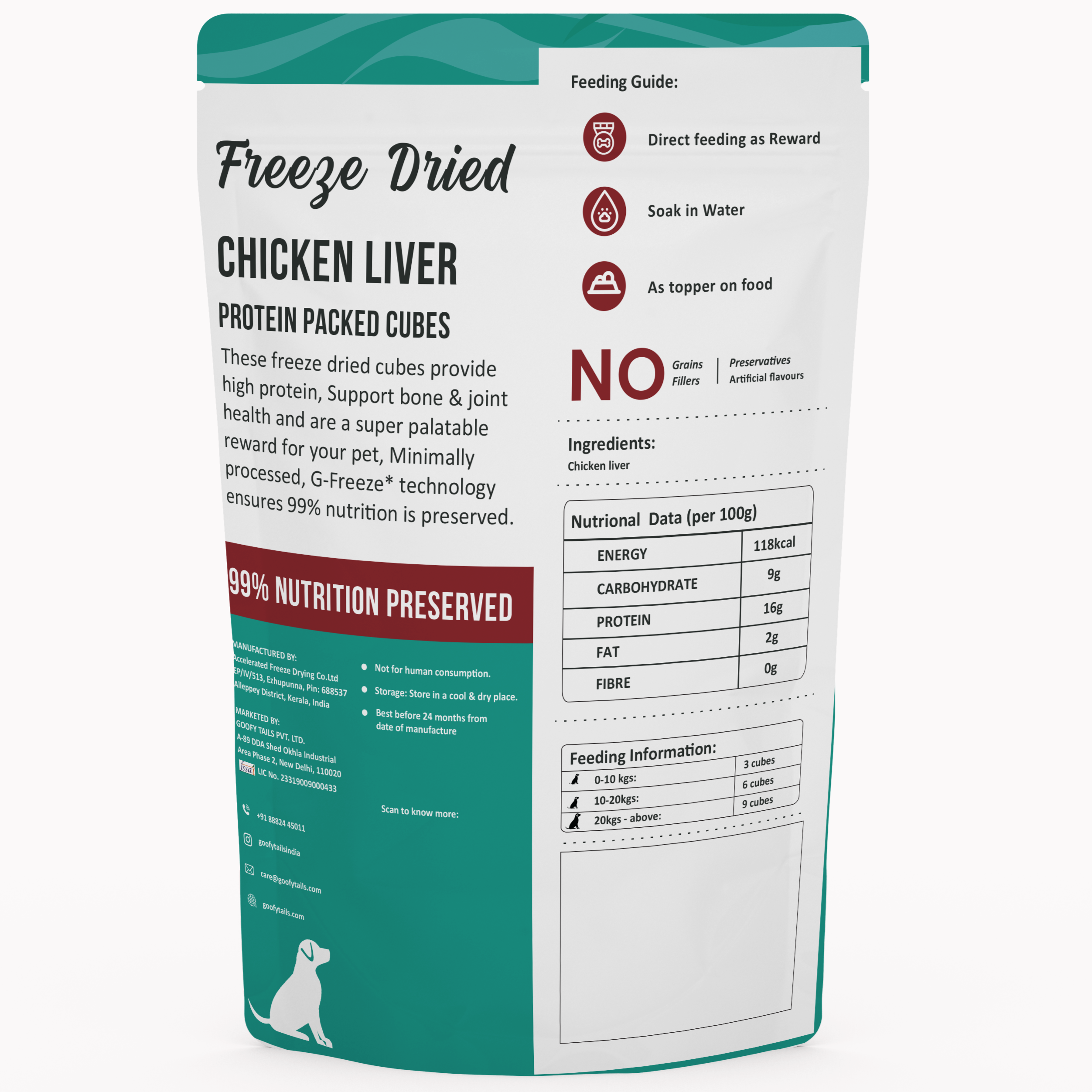How and why to keep your cat's litterbox clean?
A dirty toilet is never desirable. Nor is it for your cat. Therefore, a clean litterbox is as important as brushing your teeth. Anything but clean will drive your cat to the toilet elsewhere and in places, you never thought can be soiled! It's fair to say that cats are one of the fussiest out there when it comes to cleanliness - they spend hours grooming themselves, and a clean toilet is the least we can do for them because toileting is one of their most basic needs. Stress from a dirty litterbox manifests itself in many undesirable ways, from behavioral problems to not eating and sleeping.

Since we don't want a fresh basket of laundry or an expensive carpet soiled, here's how to keep your cat's litter box clean -
- Scoop out clumps of Litter every day. Place the litter in a disposable bag and discard it safely and responsibly.
- Remember to clean the scooper after using it and remove any clumps stuck to the scooper
- Choose your litter well: There are many commercially available cat litters for the convenience of cats and their owners. Make sure you use litter than is best suited to you and your cat.
- Level the litter properly: A litter too deep or too shallow will not be well received by your cat. A litter that is two inches deep is best suited for cats with long coats, and three inches for those with a shorter coat.
- Use a litterbox liner to save time from scrubbing a dirty litterbox
- Use a covered litterbox if you face the problem of over spilling litter—besides, a closed litterbox gives your cat some 'personal space' while toileting, ensuring that he won't have to worry about external threats while relieving himself.
- Place the litterbox in a well-ventilated quiet area to minimize foul odour and noisy disturbances.
- Make sure the litterbox is twice the length of your cat (from tip to tail).
- Replace your cat's litter every week.

You need to do something every day, week, and month to keep your cat's litterbox clean. Every day: Remove clumps of litter with a clean scooper every day and check to ensure that the sides of the litterbox aren't soiled. If they are, use a warm washcloth dipped in mild soapy water and wipe the box clean. If your cat's litterbox has a cover, you might want to clean that too to get rid of any odour. However, it would be best if you never used a disinfectant like Lysol or Dettol to clean since cats are very sensitive to strong smells and take a disliking to strong deodorizers like disinfectants.
Weekly: Wash the litterbox inside out with the mildest soap available. Many cat owners use baby soap or shampoo. If you choose not to use soap, soak the litterbox in warm water and use a washcloth dipped in warm soapy water and clean the entire box. After cleaning, place the box out in the sun to dry after washing/wiping it. Make sure the litterbox is completely dry before refilling it.
Monthly: After a while, litter boxes start to smell because cats use their claws to bury their waste. They tend to scratch the litterbox. The scratches harbor the growth of bacteria that give out foul odour. When this happens, you need to replace the entire litterbox.
Solving your litterbox problems -
For litter that clumps together, use a non-clumping litter for your cat's litter box. Non clumping litter requires you to wash the litter box three-four times a week because urine collects at the bottom of the box.

For litter that smells, you need to consult a veterinarian to rule out medical problems. A foul smelling litter can indicate a bad diet or a weak digestive system. If all is well with your cat's health, a stinky litter means that it is time for you to clean out the litter box with mild soapy water and place it in a well-ventilated area after.
For litter that is always soiled, make sure the litterbox is twice the length of your cat. And if you live in a multi-cat household, then every cat needs his or her own litter box.
















Leave a comment